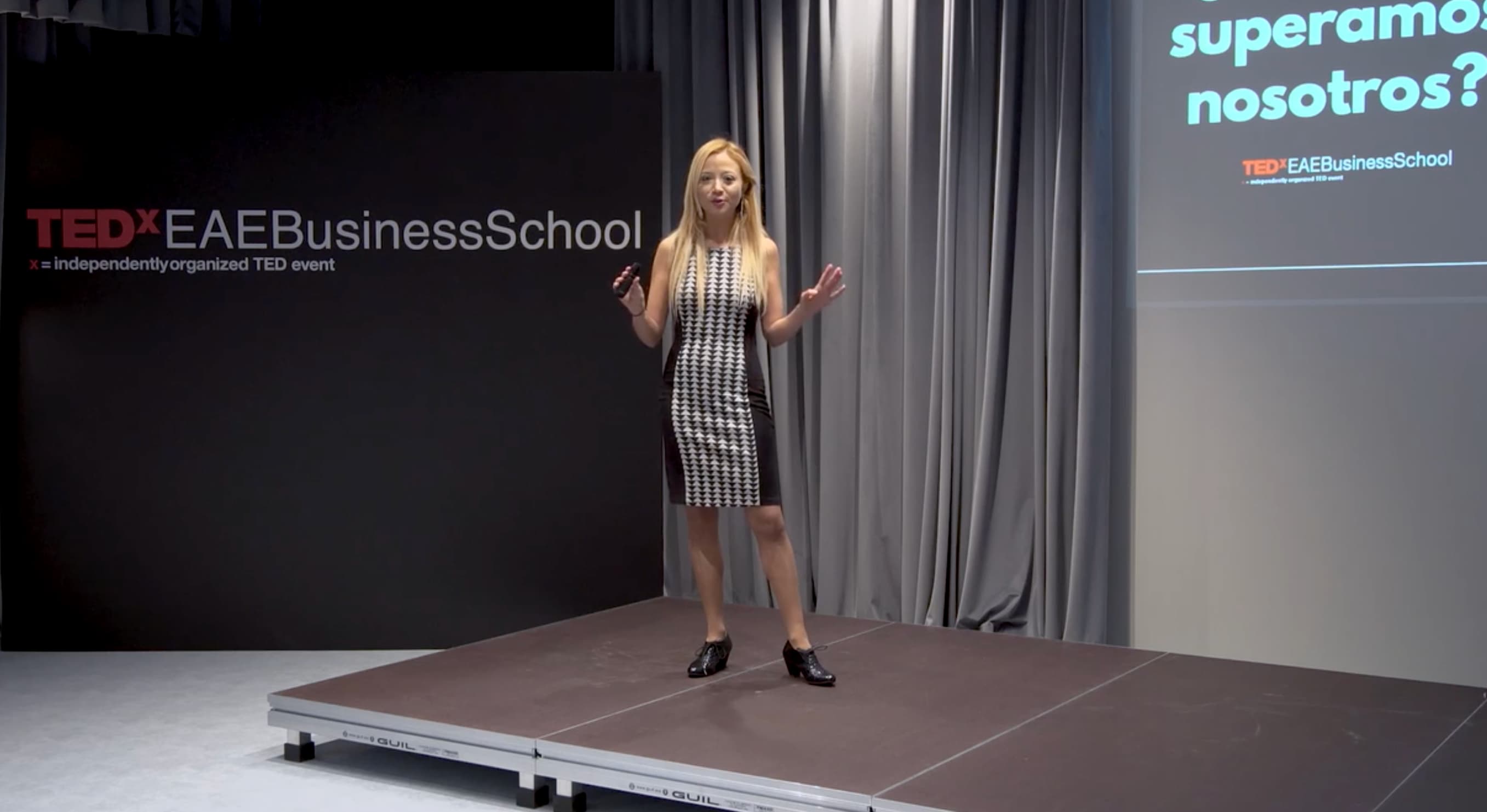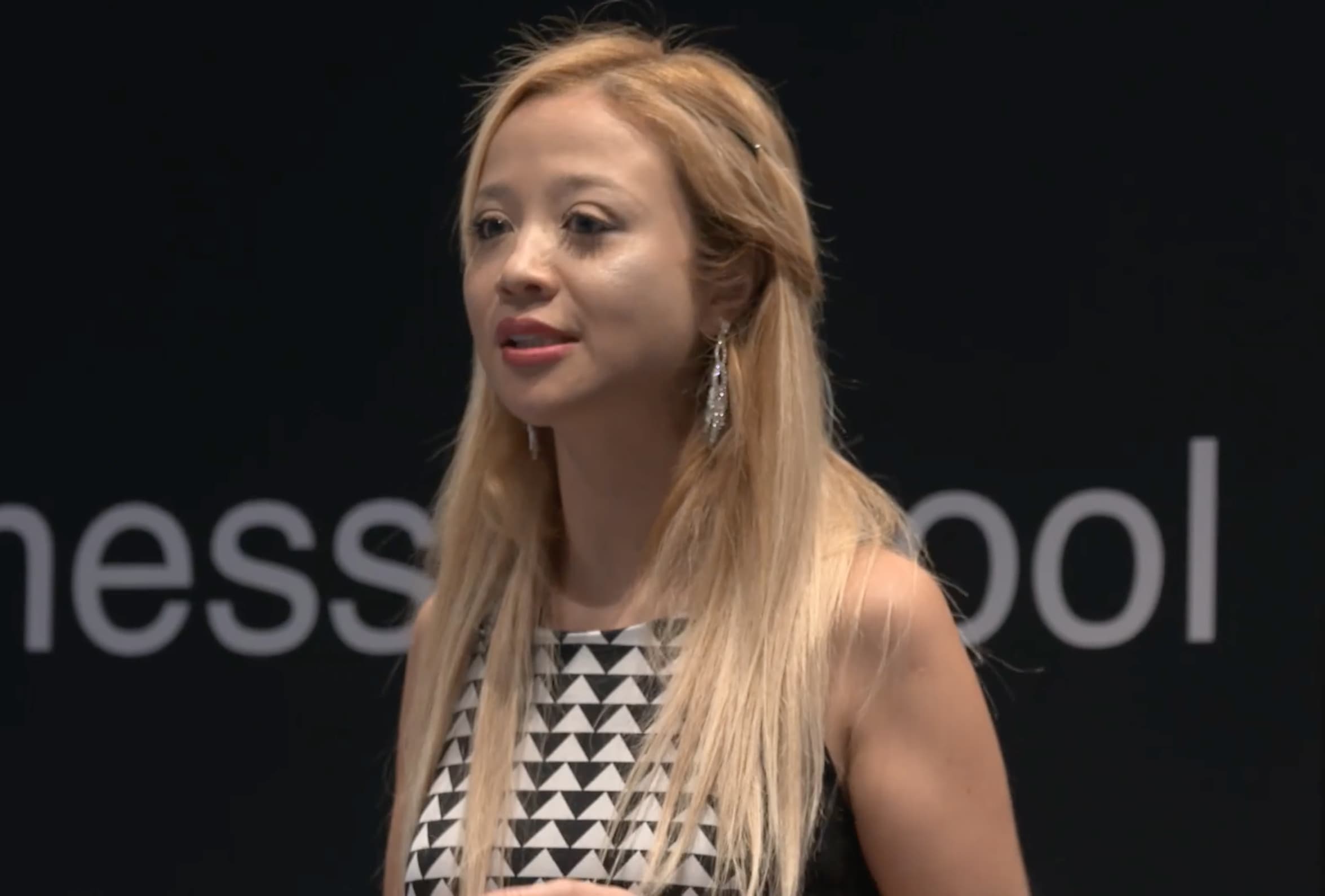TEDxEAEBusinessSchool: Camila Chacón and her strategy for controlling fear
18 de November de 2020
18 de November de 2020
According to the RAE, fear is the apprehension or unease that the opposite to want we want is happening. In this age of uncertainty and instability, this feeling has become a constant feature throughout society. So, how can we control fear so that it does not limit us and we are able to move forward? With the aim of answering this question, the TEDxEAEBusinessSchool event brought together a group of professional experts, each of whom discussed fear based on their own experience, and outlined a path to overcome it.
One of the most interesting and thought-provoking speakers to take part in the recent TEDxEAEBusinessSchool event was María Camila Chacón, , and expert on communication strategies, whose presentation was entitled “No more messages! Tell me a good story to save the planet”.


